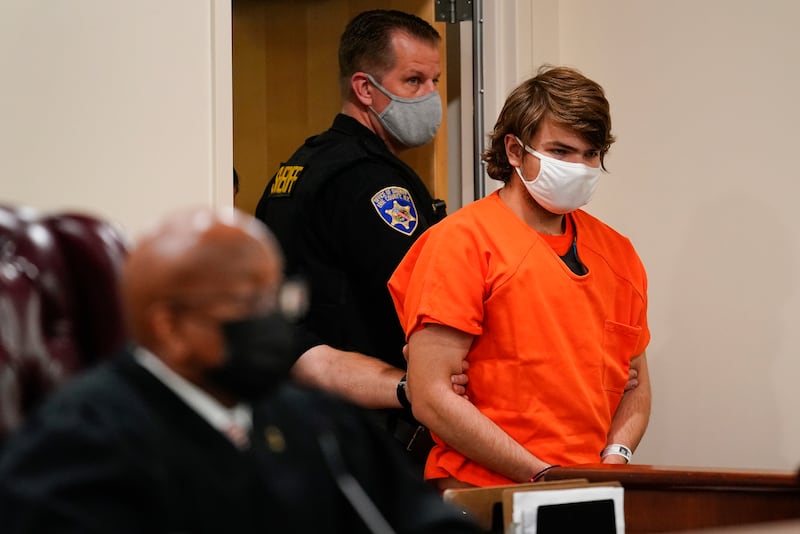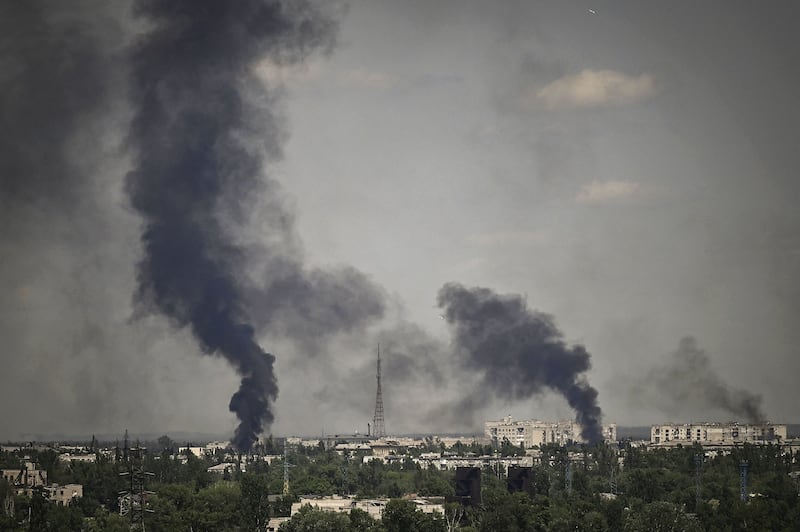There are many chilling aspects to the brutal, racially motivated killing of 10 people at a supermarket in New York state on May 14th, and one shocking revelation was the flippancy with which the killer blamed “extreme boredom” during Covid-19 for his actions.
In his manifesto, 18-year-old Payton Gendron claimed that the tedium of lockdown sent him on to the anarchic online forum 4chan, where racist, anti-Semitic and misogynist content has played a crucial role in spreading hate and fuelling extremist violence.
To blame boredom for such a devastating act that claimed the lives of so many people is insulting and intentionally misleading.
But beneath the shallow words of a killer lies a difficult truth. Warnings that the Covid-19 pandemic created the conditions for extremism to thrive appear to be coming true. And while other current events such as the war in Ukraine have the potential to radicalise even more people, no one seems to be doing much about it.
READ MORE

A few weeks after the Buffalo killing, the FBI released a report showing that shooting rampages in the US have doubled since the beginning of the pandemic. In the United Kingdom, it emerged in December that a record number of children had been arrested on suspicion of terror offences. A recent report by the Dutch intelligence services found that far-right extreme groups gained strength in 2021 as a direct result of the pandemic.
Coronavirus factors
There were a number of factors pushing people to the extreme during coronavirus. Loneliness increased, and with it came a rise in mental health issues and a growing sense of alienation, all factors that can make a person vulnerable to extremist recruitment. Trust in government declined while existing inequalities were often exacerbated, feeding feelings of injustice. People spent more time online, where extremist material and disinformation thrives in the barely regulated spaces of social media and chat boards.
Extreme groups across the ideological spectrum exploited the situation, and in many countries the kind of conspiracies and disinformation that once languished on the political fringes entered the mainstream.
This situation is not likely to change soon. The Dutch intelligence report also warned that far-right groups are exploiting the Russian invasion of Ukraine to further fuel divisions. As well as attempts to spread Russian disinformation about the war, the terrible events in Ukraine have the potential to radicalise in other ways too. It is striking how often former extremists cite feelings of powerlessness in the face of global tragedies – such as the Syrian Civil War or the 1980s famine in Ethiopia – as factors in their radicalisation.

It is easy to forget that a person’s motivation to join an extreme movement can come from a positive place, such as the desire to have an impact in a world where we can feel voiceless and powerless – feelings common to many of us as we watch the maternity hospitals being bombed and civilian bodies littering Ukrainian streets.
Then there are the trickle-down effects of the war such as the cost-of-living crisis affecting all of Europe, including Ireland. Extremism can thrive in economic downturn, when people lose faith in their governments and look to find answers – and scapegoats – elsewhere.
Some experts warn that Islamist extremist groups could also exploit tensions resulting from soaring global food prices. The conviction on Monday of former Irish Defence Forces member Lisa Smith for being a member of Islamic State (Isis) underscored how foreign unrest has the potential to radicalise people on the other side of the world.
Focus of attention
All of which suggests that governments should be taking the continued extremist threat seriously. But this doesn’t seem to be the case. The Ukraine war is consuming the attention and resources of governments, and the political interest of the European Union. In the UK, a much-needed review of its counter-extremism strategy Prevent has descending into partisan bickering over which ideologies are the most dangerous, missing the point that the underlying factors are the same.
High-profile political issues can also overshadow informed debate about the root causes of extremism. In the US, another shooting a few weeks after Buffalo – in which a man shot dead 19 children and two teachers in an attack apparently unrelated to extremism – shifted the national debate to gun control.
Much media attention has also focused on the online platforms hosting extreme content, despite there being little hope of ever being able to eradicate hate online. So in addition to these debates, governments and society need to start thinking about why a young person might find solace in polarising online spaces in the first place.
Solving the deep-rooted societal problems that can breed extremism – such an inequality, underfunding in public services, inadequate mental healthcare, and institutional racism – is a long road requiring sustained political will. But recognising that such diverse factors play a role in extremism is a good place to start.
Charlotte McDonald-Gibson is the author of Far Out: Encounters with Extremists, published in April by Granta













